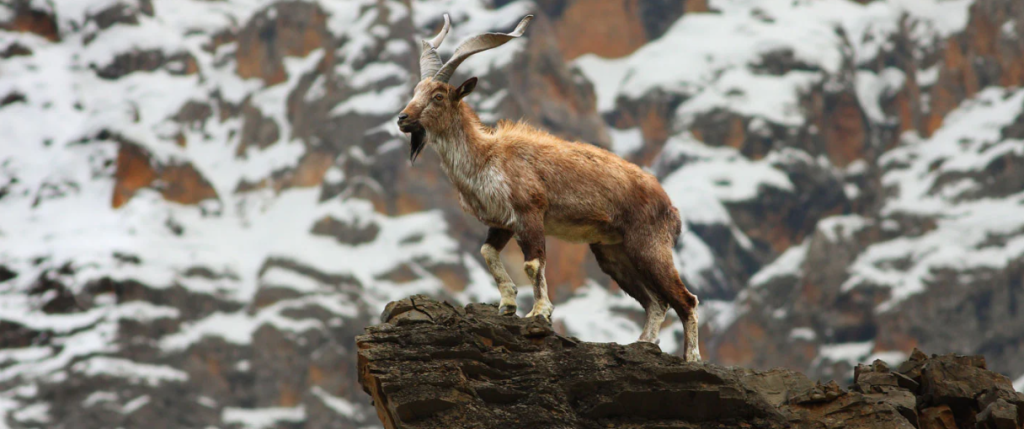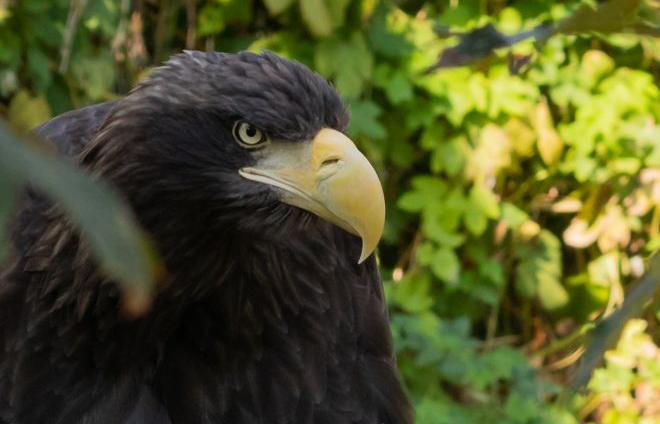The zebra, with its iconic black and white stripes, is the Botswana National Animal. This majestic animal is not only a symbol of the country’s natural heritage, but it also plays an important role in the ecosystem and culture of Botswana.
Physical Characteristics of Zebra
Zebras are known for their striking coat patterns, which vary in thickness and stripe width between species. The three species of zebras found in Africa are the Plains zebra, Mountain zebra, and Grevy’s zebra. Plains zebras are the most common and have thinner stripes than the other two species. They are also the smallest, with an average weight of 770 pounds (350 kg) and a height of 4.6 feet (1.4 m) at the shoulder.
Habitat and Distribution of Botswana National Animal
Zebras can be found in a variety of habitats, including grasslands, savannas, woodlands, and even deserts. In Botswana, zebras are found in the Okavango Delta, the Kalahari Desert, and other regions. The country is home to the largest population of zebras in Africa, with an estimated 25,000 individuals.
Diet and Behavior
Zebras are herbivores and mainly graze on grasses and other vegetation. They are also known to eat leaves, bark, and stems of trees and shrubs during the dry season when food is scarce. Zebras live in groups called harems, which are typically composed of one stallion, several mares, and their foals. Harems can range in size from a few individuals to several dozen. Zebras use various vocalizations and body language to communicate with each other, and their stripes are thought to play a role in social recognition.
Reproduction and Life Cycle
Mating in zebras occurs throughout the year, with peak breeding seasons varying by region. After a gestation period of 11-12 months, females give birth to a single foal, which can stand and walk within an hour of birth. Foals stay with their mothers for up to a year and a half before joining a bachelor group of young males.
Threats and Conservation Efforts for Botswana National Animal
Zebras in Botswana face threats from habitat loss, poaching, and predation by lions, hyenas, and other carnivores. However, conservation efforts have been successful in maintaining and even increasing zebra populations in the country. In Botswana, zebras are protected in national parks and reserves, and conservation groups work to raise awareness about the importance of these animals in the ecosystem.
Interaction with Humans
Zebras have played an important role in the culture and history of Botswana, where they are often depicted in art and folklore. They also play a significant role in the country’s tourism industry, with visitors coming from all over the world to see them in their natural habitat.
Conclusion
The zebra, Botswana’s national animal, is a fascinating and important species that contributes to the country’s ecosystem and culture. With ongoing conservation efforts, we can ensure that zebras continue to thrive in the wild for generations to come.
References:
African Wildlife Foundation. (2023). Zebra. Retrieved from https://www.awf.org/wildlife-conservation/zebra
Botswana Tourism. (2023). Wildlife. Retrieved from https://www.botswanatourism.co.bw/wildlife

